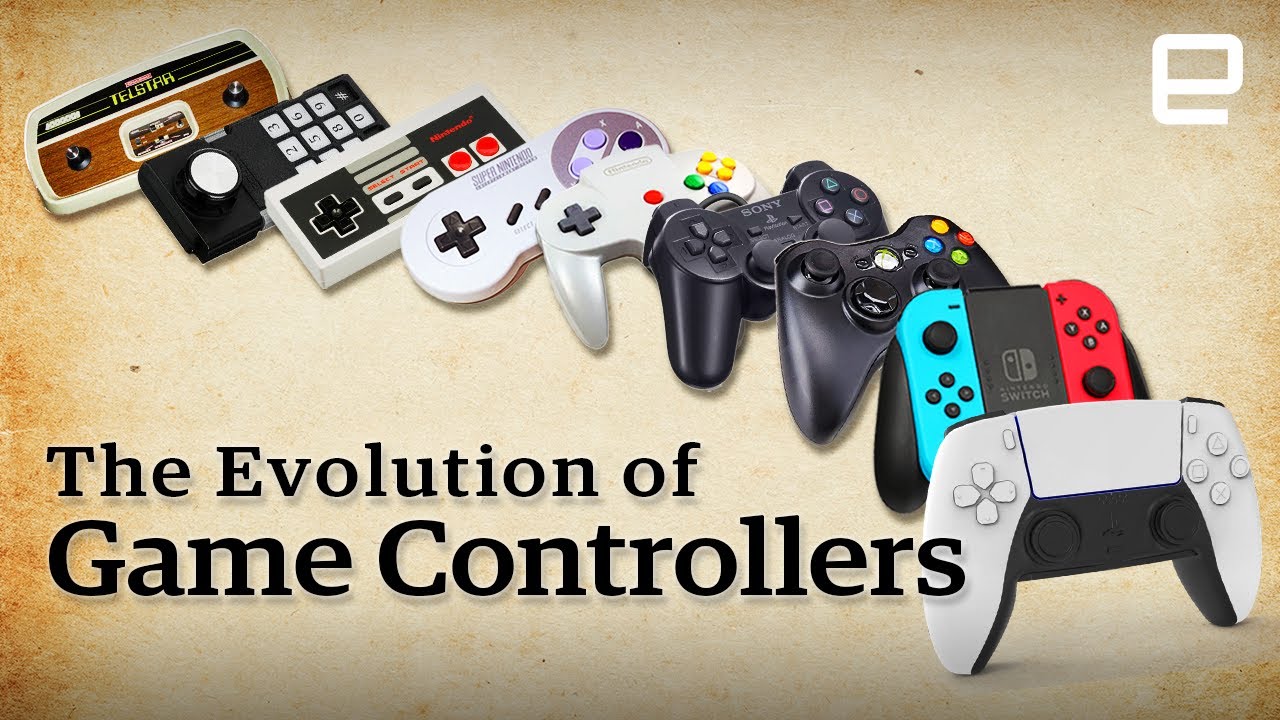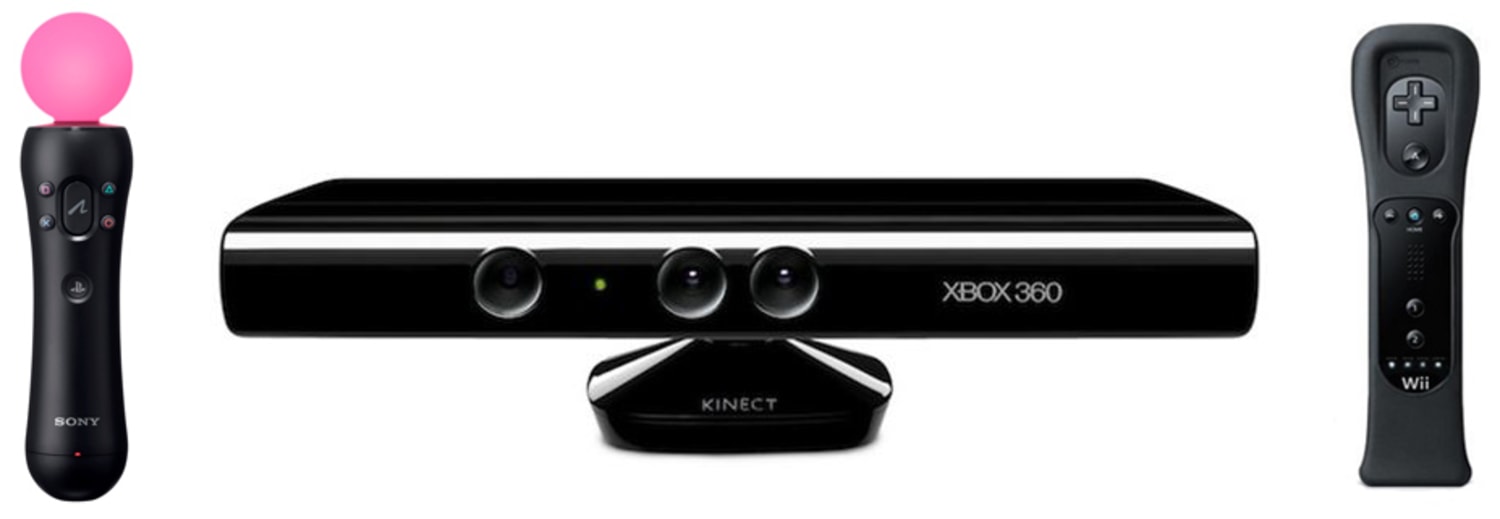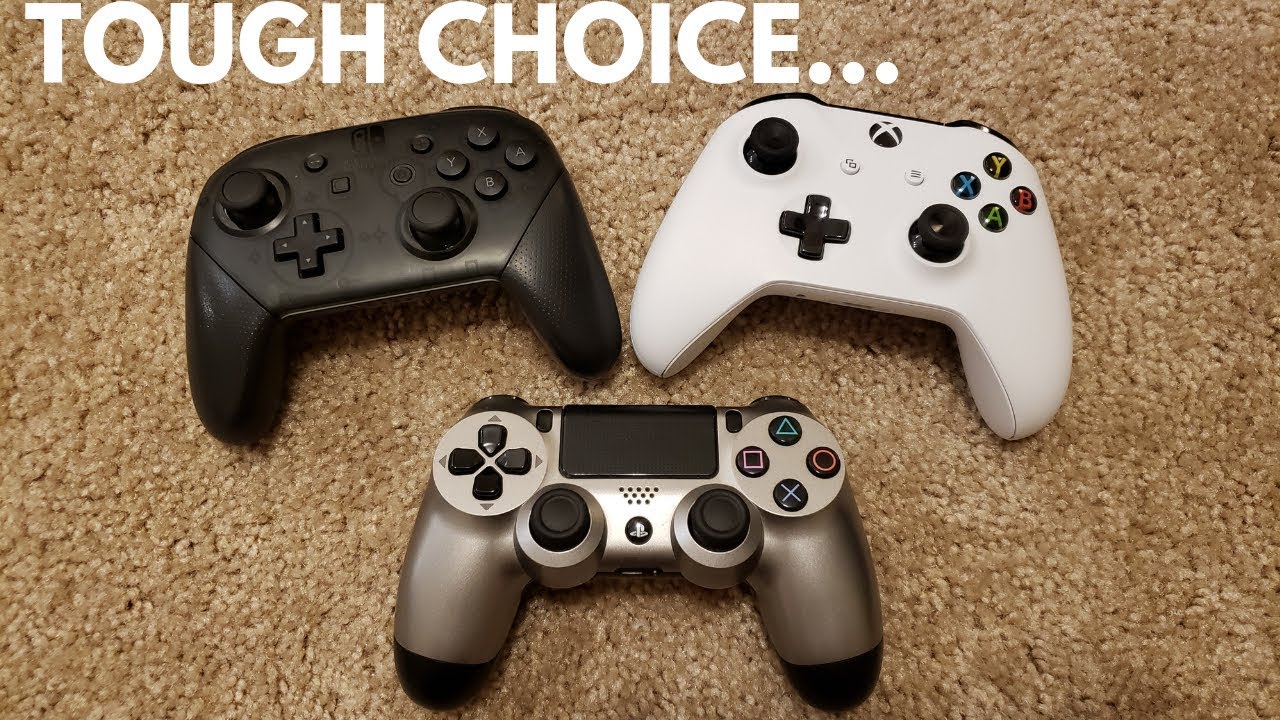Gaming controllers are our gateway to digital worlds, the bridge that connects our movements and thoughts to what happens on the screen. Since the early days of video games, controllers have undergone a tremendous evolution, transforming from a simple joystick and a single button to complex devices that sense motion, touch, and sound. In this article, we will take a journey through time to explore the history of the evolution of gaming controllers, and highlight the most important milestones that have shaped the way we play today._
The Simple Beginnings: The Arcade Era and the First Controllers

In the 1970s and 1980s, controllers were very simple, usually consisting of a joystick and one or two buttons. These devices were designed to be strong and durable to withstand the heavy use in arcades. With the advent of home game consoles like the Atari 2600, this simplicity moved into homes, where controllers focused only on basic functions.
With the launch of the Nintendo Entertainment System (NES) in 1985, we saw the first quantum leap in controller design. Nintendo introduced a controller with a directional pad (D-pad) instead of a joystick, in addition to four buttons. This revolutionary design became the industry standard for decades to come, and influenced the design of all subsequent controllers.
The Motion Control Revolution: When Your Body Becomes the Controller

In 2006, Nintendo revolutionized the world of controllers again with the launch of the Wii. The Wii Remote (Wiimote) introduced motion-sensing technology, allowing players to control games through their body movements. This innovation opened the door to completely new types of games, and attracted a wider audience that was not interested in traditional games.
This was followed by the launch of the PlayStation Move from Sony and the Kinect from Microsoft, two technologies that tried to improve and expand the concept of motion control. Although the popularity of motion control has waned in recent years, it has paved the way for the next generation of control technologies, such as virtual reality.
The Current Generation and the Future: Touch, Haptic Feedback, and Virtual Reality

Current controllers, such as the DualSense for the PlayStation 5, feature advanced technologies such as haptic feedback and adaptive triggers, which provide players with a deeper sense of immersion in the game. Players can now feel the resistance of a bow when it is drawn, or feel the surface of the road under the wheels of a car.
The future seems to be heading towards more integrated and natural experiences. With the development of virtual reality (VR) and mixed reality (MR) technologies, we may see controllers disappear completely, as our hand and finger movements are tracked with high accuracy, allowing us to interact with digital worlds directly and naturally, just as we do in the real world.
Conclusion
Since their simple beginnings, gaming controllers have come a long way. Each new generation of devices has introduced new innovations that change the way we play and interact with digital worlds. As technology continues to evolve, we can expect to see more amazing innovations that will make the gaming experience more realistic and fun in the future.
